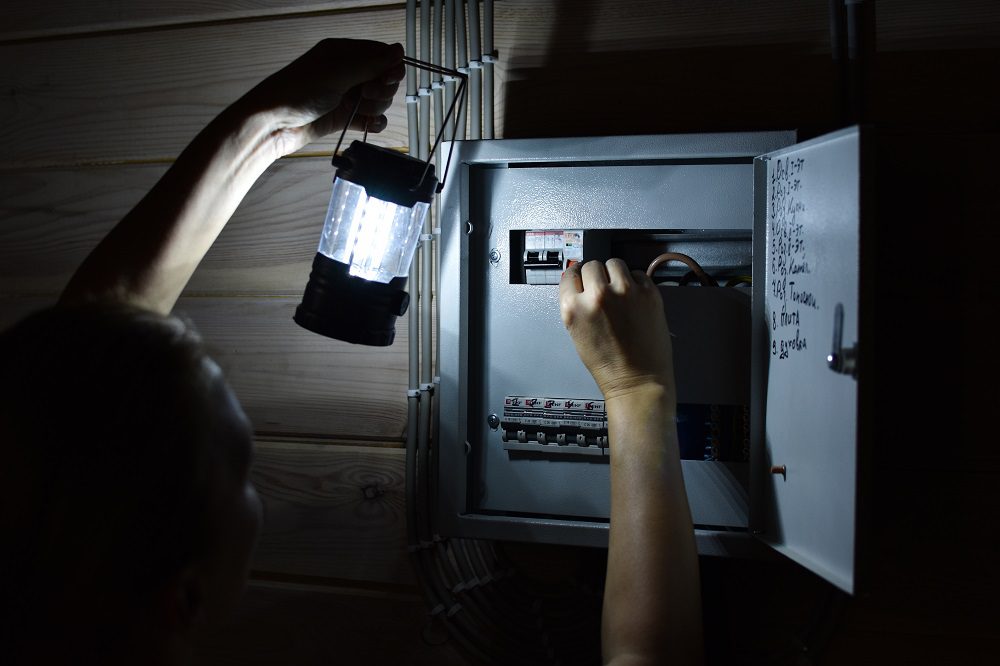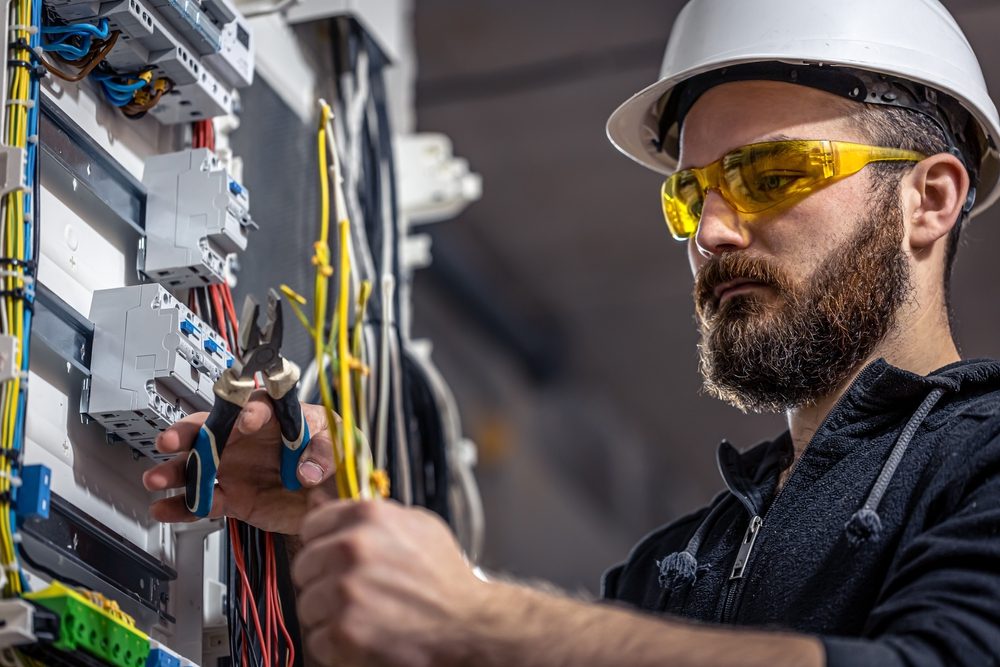
How To Protect Your Home From Power Surges During Charlotte’s Storm Season
Charlotte storms bring fast-moving wind, sheets of rain, and frequent lightning. That mix creates sudden voltage spikes that can cook electronics in a blink and quietly weaken appliances over time. Homeowners in Dilworth, Ballantyne, Plaza Midwood, and Steele Creek see it every spring and late summer. With a few smart steps and the right protection, a house can ride out storms without losing a fridge control board or a Wi‑Fi router.
What a power surge actually does
A surge is a short burst of higher-than-normal voltage on your electrical system. Lightning is the headline culprit, but it is not the only source. Utility switching, downed lines, and even large motors cycling on and off can push voltage above safe levels. Sensitive devices fail first: TV main boards, garage door openers, HVAC control modules, smart thermostats, and phone chargers. Some die instantly. Others degrade and fail months later, which makes the cause easy to miss.
Across Charlotte neighborhoods, the pattern repeats after severe cells pass through: multiple devices on one circuit quit, GFCIs trip, and a few AFCI breakers latch. A home might still “look fine” while hidden damage sits in an appliance board that later costs hundreds to replace.
Why Charlotte homes face extra risk
Local weather is part of it, but the grid layout matters too. Many streets in South End and Madison Park still run overhead service drops that act like antennas for induced surges. Newer builds in Berewick and Highland Creek use more electronics in HVAC and kitchen packages, which means more surge-sensitive parts. Mixed construction ages across Myers Park and University City add another layer: older panels with limited breaker space and no integrated surge protection.
The two-tier protection that actually works
Experienced electricians do not rely on point-of-use strips alone. They install layered protection so a big hit is trimmed at the service and smaller spikes are absorbed closer to the device.
- Whole-home surge protection at the service panel. A Type 1 or Type 2 device mounts near the main breaker and shunts high energy to ground. It reduces the severe wave so branch circuits see less stress.
- Point-of-use protection for sensitive electronics. Quality strips or in-wall surge receptacles protect TVs, gaming systems, office gear, and countertop appliances from residual spikes and “dirty” power inside the house.
This combination catches both lightning-induced surges and everyday blips from compressors and motors.

What a proper whole-home surge install looks like
A clean install matters as much as the device brand. Short, straight leads give the surge device a fast path to ground. Extra wire length slows the response and reduces clamping performance. A tight, low-impedance bond to the grounding electrode system is critical. In Charlotte clay, ground rods should be properly spaced and bonded, and the water pipe bond should be intact if copper is present. If the grounding is weak or corroded, even a good surge protector can underperform.
Electricians also verify the service mast, meter base bonding, and panel bus condition. In older homes in Cotswold or Enderly Park, panels may be crowded or show heat marks near lugs. Upgrading the panel or adding a subpanel can make room for a listed, service-rated surge device with correct conductor length and placement.
Protecting HVAC, appliances, and garage systems
HVAC boards are frequent surge casualties after a thunderstorm. Heat pumps and air handlers in Charlotte’s humid climate cycle hard, and lightning nearby can punch through the control transformer. Dedicated surge protection on the HVAC disconnect, combined with whole-home protection, saves boards that would otherwise fail on the first hot weekend in July.
Refrigerators, dishwashers, and ranges now include smart controls that do not forgive sloppy power. If outlets behind appliances are old or loose, the micro-arcing adds noise that stacks with surges. Replacing worn receptacles and adding in-wall surge receptacles in the kitchen and laundry is a low-cost, high-return upgrade.
Garage door openers and gate motors also need attention. A plug-in surge strip rated for motor loads, paired with a checked grounding path in the garage, helps keep openers alive when storms roll over electrical repair service ewingelectricco.com Lake Wylie and the line blinks.

Don’t forget the hidden pathways: cable, internet, and phone
Surges often enter through coax and Ethernet, not just the main panel. A lightning strike that couples into the cable line can jump into a modem and then into a router and TV through HDMI. Ground the coax at the service entry, use a listed coax surge module, and make sure it bonds to the same grounding electrode as the electrical service. For homes in Northlake and Steele Creek with aerial cable drops, this step prevents multi-device failures after a single flash.
Practical steps homeowners can take today
- Check for a whole-home surge protector at the panel. Look for a small box with indicator lights near the main breaker. If it is missing or the lights show protection lost, schedule replacement.
- Test GFCI and AFCI devices monthly. Surges sometimes weaken them. If a device trips repeatedly after storms, an electrician should inspect the circuit for damage.
- Replace cheap power strips with surge-rated units. Look for a joule rating above 2,000 and UL 1449 listing. If a strip has no rating printed, it is a power tap, not surge protection.
- Label sensitive circuits. TVs, office equipment, aquarium systems, and medical devices should be on protected receptacles and clearly marked so family members use the right outlets.
- Verify grounding and bonding. Rusted clamps, loose bonds, or missing ground rods reduce surge performance and increase shock risk, especially in damp crawlspaces common in Charlotte.
Lightning myths and realities
A whole-home surge protector does not “stop” a direct lightning hit. Nothing small and affordable can. It does drastically reduce the surge energy that gets inside, which often means a few inexpensive strips take the rest instead of your appliances. Unplugging is still the safest move for a single TV or desktop during an active storm, but whole-home protection makes daily life practical without running around pulling cords.
Another point: generator transfer switches and EV chargers change the surge picture. A standby generator in Providence Plantation adds contact points and coils that can reflect surges if not bonded and protected. EV chargers in SouthPark garages pull high current and benefit from both whole-home and dedicated surge protection rated for the charger’s amperage.
How Ewing Electric Co approaches surge protection
The team starts with a quick, focused assessment. They look at service size and panel space, measure path length to the grounding electrode, and check bonds to water pipe and ground rods. They review how cable and fiber enter the home and whether those grounds tie back to the same electrode system. They ask about recent device failures and breaker trips after storms, which often flag weak spots.
Most Charlotte homes take about 60 to 120 minutes for a whole-home surge install, assuming the panel and grounding are in good shape. If grounding needs work, they correct that first. Typical devices carry replaceable modules and status lights, so homeowners can see protection at a glance. For homes with solar in NoDa or EV circuits in Wesley Heights, they select surge devices rated for those systems and place them to protect both directions of energy flow.
The cost of doing nothing versus doing it right
After a lightning-heavy week, calls pour in for electrical repair Charlotte NC homeowners can avoid with layered protection. A single HVAC control board replacement can run a few hundred dollars. A refrigerator main board often lands in a similar range. A modern TV or gaming console is more. Add a cable modem, router, and a couple of smart switches, and the total easily exceeds the cost of a professional whole-home surge device plus a handful of quality point-of-use protectors.
There is also hidden downtime. Waiting on parts in midsummer heat is stressful. A simple appointment before storm season costs less than a reactive scramble after the damage is done.

Signs your home needs help now
If lights flicker when large appliances start, if breakers trip or hum after storms, or if electronics fail in clusters, the home likely lacks strong surge control or has grounding issues. Older panels without room for new breakers, aluminum branch wiring in certain 1970s builds, and mixed-metal ground bonds also warrant a check. Home offices with new fiber drops in South End should confirm the provider’s ground block ties to the home system, not a separate rod.
Ready for storm season in Charlotte
The best protection is layered, installed cleanly, and backed by solid grounding. It should cover the service, sensitive outlets, and low-voltage entry points. Charlotte’s storm season is predictable. The damage does not have to be.
Ewing Electric Co installs whole-home surge protection, upgrades grounding, and sets up point-of-use protection where it matters. For fast, clear advice and dependable electrical repair Charlotte NC homeowners trust after a storm, schedule a visit. A short appointment today can save gear, time, and headaches the next time thunderheads build over the city.
Ewing Electric Co provides dependable residential and commercial electrical services in Charlotte, NC. Family-owned for over 35 years, we handle electrical panel upgrades, EV charger installation, generator installation, whole-home rewiring, and 24/7 emergency repairs. Our licensed electricians deliver code-compliant, energy-efficient solutions with honest pricing and careful workmanship. From quick home fixes to full commercial installations, we’re known for reliable service done right the first time. Proudly serving Charlotte, Matthews, Mint Hill, and nearby communities. Ewing Electric Co
7316 Wallace Rd STE D Phone: (704) 804-3320 Website:
https://ewingelectricco.com/ |
Google Site
Social:
Facebook |
Instagram |
Twitter
Map: View on Google Maps
Charlotte,
NC
28212,
USA